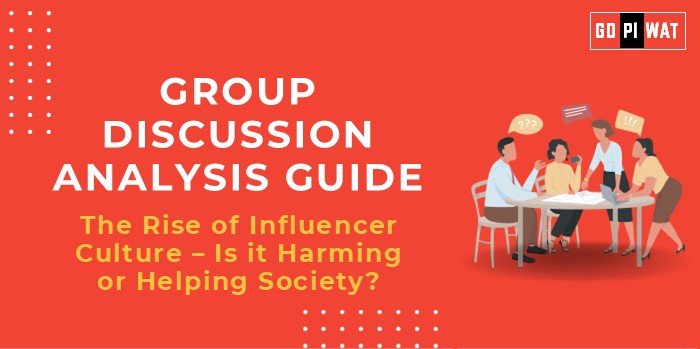📱 The Rise of Influencer Culture – Is it Harming or Helping Society?
🌍 Introduction to Influencer Culture
The rapid growth of social media platforms has ushered in the era of influencer culture, where individuals with large online followings shape consumer behavior, brand strategies, and lifestyle aspirations. Originating with blogs and platforms like YouTube, influencer culture now thrives on Instagram, TikTok, and X (formerly Twitter), with a global market value of $21.1 billion in 2023.
📊 Quick Facts and Key Statistics
- 💵 Influencer Market Value: $21.1 billion in 2023, demonstrating its immense impact on global advertising.
- 🌐 Global Influencers: Over 50 million worldwide, reflecting the culture’s widespread popularity.
- 📱 Social Media Users: 4.9 billion globally in 2023, providing a vast potential audience.
- 👍 Trust Levels: 49% of consumers trust influencers’ recommendations, showcasing their power in shaping consumer choices.
- 👩🎓 Teen Influence: 70% of teenagers trust influencers more than traditional celebrities, highlighting their impact on young audiences.
🤝 Stakeholders and Their Roles
- 👩🎤 Influencers: Shape trends, consumer opinions, and societal values while building online communities.
- 🏢 Brands and Advertisers: Collaborate with influencers to create authentic promotions and target niche audiences.
- 📊 Social Media Platforms: Enable influencer monetization and provide analytics for business partnerships.
- 👥 Consumers and Followers: Drive demand, influence trends, and engage with influencers, shaping the culture itself.
📈 Achievements and Challenges
✅ Achievements
- 💡 Marketing Efficiency: Influencer marketing achieves higher engagement and conversion rates than traditional advertising.
- 🌟 Employment Opportunities: Provides alternative career paths for content creators, freelancers, and young professionals.
- 🧠 Social Advocacy: Influencers raise awareness on issues such as mental health, sustainability, and diversity.
- 💬 Community Building: Fosters niche communities and promotes shared interests, enhancing social connectedness.
⚠️ Challenges
- 🧠 Mental Health Concerns: Unrealistic beauty standards and the pursuit of “likeability” lead to stress and anxiety among both influencers and followers.
- 🛒 Promotion of Materialism: Overemphasis on luxury goods and consumption creates unattainable lifestyle aspirations.
- 🤔 Trust Issues: Lack of transparency in paid partnerships erodes consumer confidence.
🌎 Global Comparisons
- 🇸🇪 Sweden: Implements strict disclosure rules for sponsored content, ensuring transparency and consumer trust.
- 🇺🇸 United States: Federal Trade Commission guidelines exist but face inconsistent enforcement.
- 🇮🇳 India: Growing influencer market with significant cultural impact but limited regulatory oversight.
🔮 Structured Arguments for Discussion
- ✅ Supporting Stance: “Influencer culture democratizes content creation and amplifies advocacy for important causes.”
- ❌ Opposing Stance: “The culture fosters materialism and unrealistic expectations, harming mental health and societal values.”
- ⚖️ Balanced Perspective: “Influencer culture offers significant benefits but requires ethical practices and robust regulations to mitigate its downsides.”
📄 Conclusion
Influencer culture represents a double-edged sword in modern society. It empowers individuals, fosters creativity, and promotes advocacy but also contributes to societal pressures and materialism. To ensure its positive impact, the culture must evolve with stricter transparency regulations, mental health initiatives, and a focus on authenticity and ethical practices.
📄 Source: Group Discussion Analysis Guide, 2024


